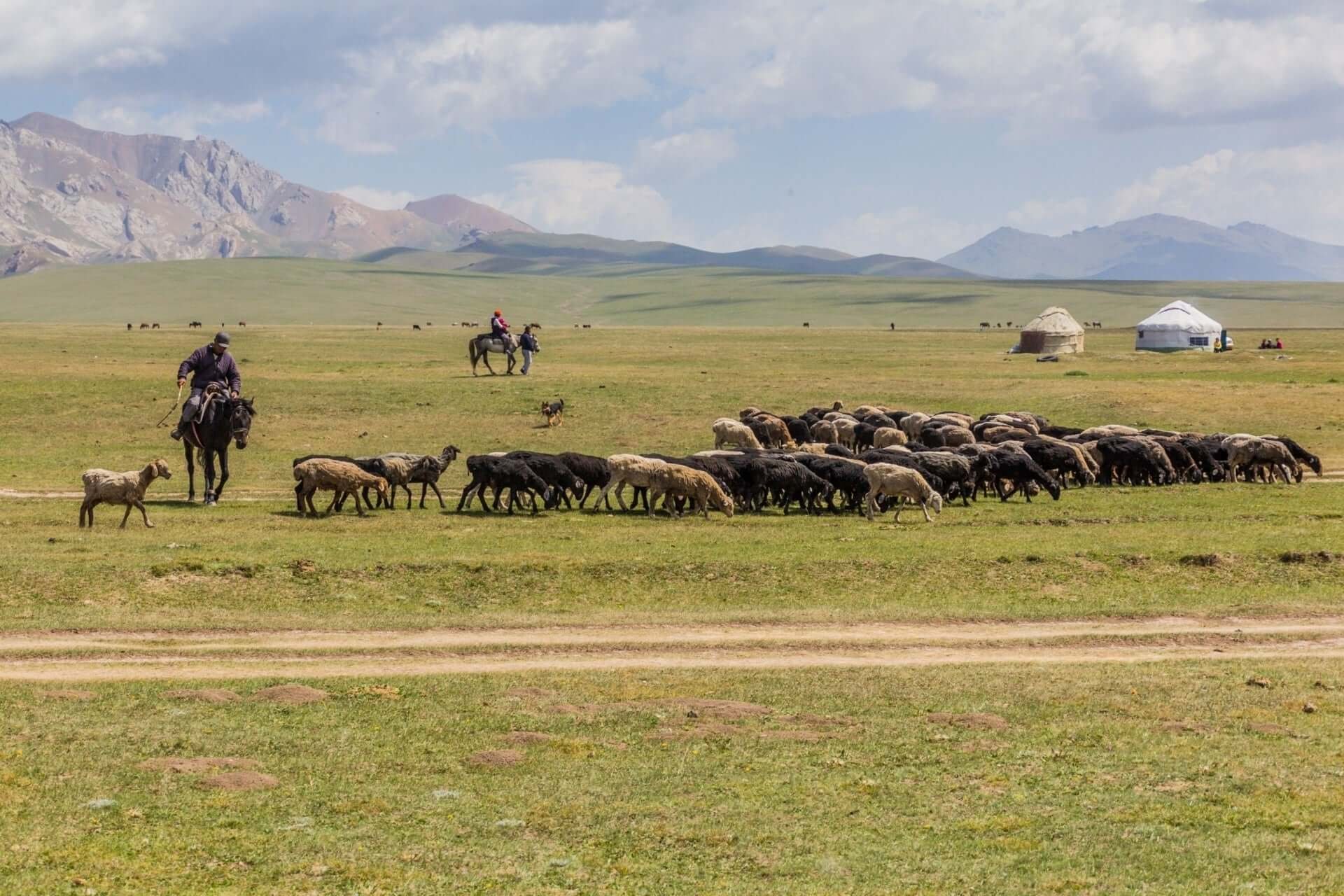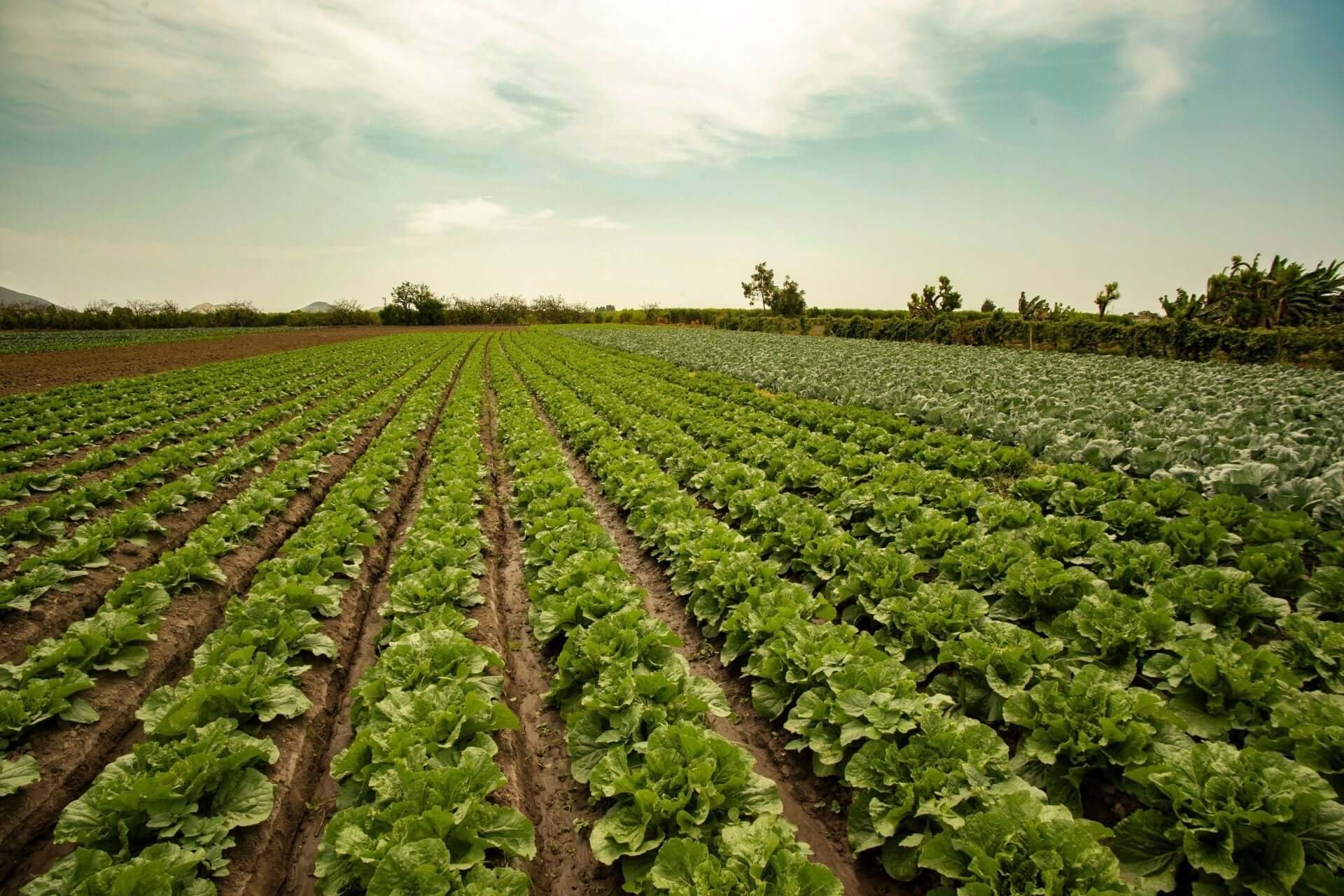Exploring the Roots and Realities of Extensive Agriculture
Extensive agriculture refers to methods that depend on minimal input levels while operating across large land areas and utilizing natural ecological processes to generate crops or livestock. The extensive agriculture system differs from intensive agriculture, which employs smaller land parcels with significant labor, capital inputs, and advanced technology. Farmers working with large systems usually manage resource use to match the landscape's inherent carrying capacity. Extensive agriculture depends on natural earth resources, making it familiar for this method to use pasture livestock systems, expansive grain fields, and minimal artificial inputs. Farmers select extensive agricultural methods based on the trade-off between crop yields and environmental consequences, and the varied cultural traditions worldwide show how this practice remains globally significant.
Defining the Concept of Extensive Agriculture
The central idea behind extensive agriculture is utilizing natural ecosystems to provide necessary resources for crop and livestock growth and survival. Agricultural practitioners utilize established methods that promote natural land regeneration instead of relying on continuous human management or contemporary technological methods. Farmers use natural methods to create open pastures where cattle eat native plants or maintain light cultivation of grain fields without synthetic fertilizers. Successful operation of this system depends on the farmer's intimate connection with the land through careful monitoring of seasonal patterns and climate conditions to inform their decisions. Timely grazing rotations and fallow periods combined with careful soil condition monitoring demonstrate a farming style that harmonizes with the natural environmental cycles. The limited use of external inputs like industrial pesticides and irrigation systems enables these farms to achieve a smaller carbon footprint than many modern industrial operations. Extensive farming methods decrease crop productivity, requiring farmers to use more land for economic viability. Experts debate the capability of large-scale farming to address growing food demands while needing to balance environmental preservation and financial practicality.
Various supporting elements allow extensive methods to maintain their presence over time. Generational succession among farmers will enable them to keep valuable knowledge about climate patterns and seed varieties while managing pasture lands. The ability of livestock to freely roam open spaces and perform natural behaviors while experiencing reduced stress is appreciated by many farmers. People who value sustainable food production support products from extensive systems because these methods ensure animal welfare and environmental protection. Different regions worldwide have created unique models of extensive agriculture that integrate local ecological conditions, including rainfall and soil type, as well as traditional practices. Extensive agricultural practices view land as an organism that provides beneficial nurturing properties rather than treating it just as a resource for human use.

Challenges and Opportunities in Extensive Agriculture
Large-scale agriculture systems face the primary challenge of achieving financial viability while maintaining sustainability. Since crop yields depend on natural elements, unexpected weather changes can swiftly change a good season into a shortage. Livestock forage availability decreases during drought, but extensive rainfall destroys crops and soil erosion. Farmers who operate extensive agricultural systems build resilience through diversification, which involves raising multiple crop types and livestock species to distribute risk. Farmers may adopt rotational grazing systems and strategic fallowing practices to allow land sections time to regenerate their nutrient content. The deliberate actions taken by farmers establish environmental harmony yet result in reduced immediate profits.
Debate continues in contemporary settings about the proper methods for merging sustainable agriculture with larger economic objectives. Major agribusiness entities consider extensive farming systems outdated because they struggle to fulfill worldwide needs for food production and raw materials. The expanding curiosity for nature-based solutions stimulates studies on agroecological methods that emphasize cooperation with natural ecosystems. The limitations of certain terrains like remote grasslands and mountainous areas force farmers to rely on extensive agriculture since this method remains the only viable option. The natural constraints of these regions make intensification unfeasible or excessively harmful, which necessitates the implementation of extensive agricultural methods. Growing consumer interest in organic and locally adapted foods is renewing focus on extensive agriculture, which offers profitable business opportunities that harmonize with local ecosystems.
Sustainability and the Future of Extensive Agriculture
The environmental sustainability of extensive agriculture derives from its minimal resource requirements, including fewer chemical applications and natural land recovery processes. Experts continue to debate the ability of extensive agriculture to support the increasing global population demands sustainably. Through strategic regional planning along with enhanced pasture management techniques and resilient crop breeding programs, advocates believe extensive farming can reach a balance between community food supply and biodiversity protection. Intensive farming practices would damage the soil structure of extensive agricultural areas like arid and semi-arid rangelands. Extensive agricultural systems avoid the stress of continuous production to protect soil structure and wildlife habitats while reducing erosion. These methods serve as a guide for sustainable operation within environmental boundaries.
Experts agree during future strategy talks that no one solution will address the worldwide food crisis. A hybrid approach that integrates the benefits of intensive and extensive farming systems stands to be more resilient against climate change challenges. Advancements in soil moisture monitoring and livestock health tracking technology enable precision farming interventions in extensive agricultural operations while minimizing disruption. When farmers team up with scientists and local communities, they develop better crop varieties and grazing systems that adapt to changing conditions. Combining contemporary scientific insights with traditional agricultural methods enables extensive farming to become more sustainable while maintaining its essential connection with natural cycles. Extensive agriculture's cultural and social aspects deserve careful attention beyond productivity measurements. Extensive agriculture forms the basis of community identities and traditions that have persisted across multiple regions for centuries. Supportive policies combined with market access and incentives recognizing ecological benefits must help farmers maintain economic viability to protect traditional agricultural practices. Ecotourism activities and farm-to-table initiatives showcase the unique landscapes and food products from specific farming practices. Farmers who use extensive methods can find influential supporters among consumers who value traceable supply chains and environmental sustainability.
Future success in extensive agriculture depends on balancing traditional and modern innovations. Farmers who work within the natural boundaries of their land can establish strong farming practices that maintain soil health while protecting water and controlling carbon emissions. Applying technology alongside new research enables farmers to navigate changing market needs and environmental unpredictability. Sustainable farming developments will gain vital insights from extensive agriculture methods, although intensive farming will likely not be entirely abandoned. The agricultural approach proves sustainable by working within nature's bounds while fully utilizing its potential to avoid resource depletion. Extensive agriculture sustains the bond between humans and nurturing landscapes by appreciating open spaces, indigenous practices, and slow cultivation methods.
Read more

The beginner-friendly method of container gardening turns challenging and limited spaces into productive mini-garden areas. New gardeners will be able to harvest fresh produce and see colorful bloo...

People who practice nomadic herding move their animals through vast landscapes to find grazing lands and water sources. Through their migratory way of life, nomadic people develop community princip...





